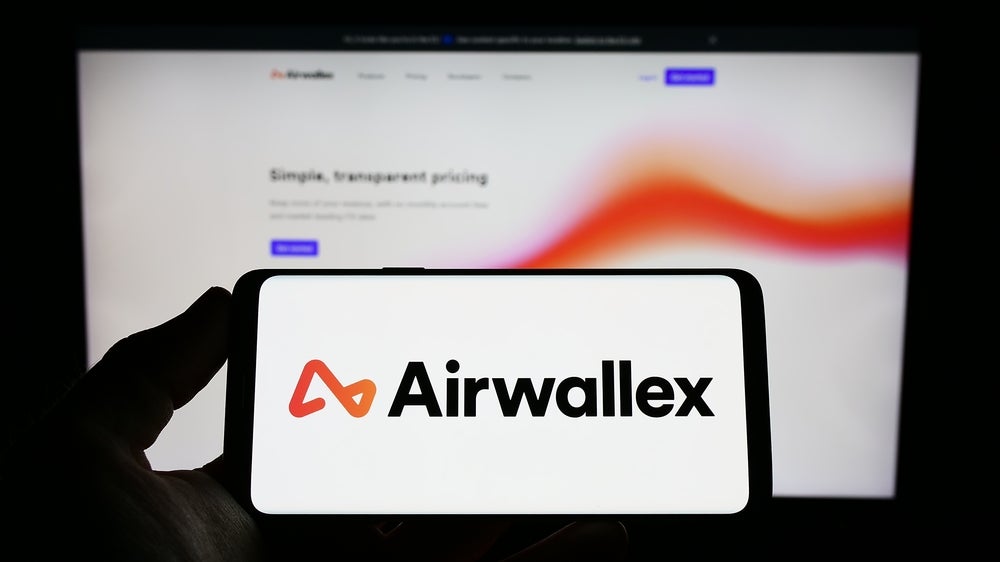
I’d like to start this article with eight words that should strike fear into the hearts of every banking and finance leader in the UK: Don’t worry about it. Wait until next year.
This business outlook doesn’t hold water in today’s dynamic, innovative, even tumultuous world of banking, payments, and cash management. Wait until next year, and you leave your customers vulnerable to competitors this year. Wait until next year, and innovation will slip through your hands like sand in an hourglass. Wait until next year, and this year’s a wash.
When it comes to business payments delaying the inevitable is a precarious strategy. Because the speed and scale of change hurtling toward every finance and treasury team will be nothing short of blinding. And one area needs immediate attention: real-time or, depending on your preference, faster payments.
Wait until next year to reckon with real-time payments, and you risk missing an element of business banking that has implications for cash flow, compliance, and competing for valuable customers. The development of open banking and the New Payments Architecture initiative will result in a significant uptake of real-time payments in the UK.
The UK’s Faster Payment Service
Before I get to those developments and their implications, let’s look at the current state of real-time payments and, more specifically, the Faster Payments Service.
According to Pay.UK, the Faster Payment Service processed 3.4 billion transactions valued at £2.6trn last year. This volume represented a year-on-year increase of 568 million payments and a 24% jump in values (up from £2.1trn in 2020). In June, the system processed 379.4 million payments, an 18% increase on last year. And while I warned against procrastination in adopting these payment rails, it appears corporates are getting the message.
How well do you really know your competitors?
Access the most comprehensive Company Profiles on the market, powered by GlobalData. Save hours of research. Gain competitive edge.

Thank you!
Your download email will arrive shortly
Not ready to buy yet? Download a free sample
We are confident about the unique quality of our Company Profiles. However, we want you to make the most beneficial decision for your business, so we offer a free sample that you can download by submitting the below form
By GlobalDataBanking sector has driven RTP-but change is imminent
So far, the banking sector has driven real-time payments, but that’s changing. Based on what we know, around half of companies used them in 2019, although that dropped slightly during the 2021 pandemic. This year, it’s jumped back up, certainly among larger companies. In fact, we anticipate that real-time payments will soon have a majority (circa 80+%) coverage among Great Britain’s largest companies.
As well they should. Adopting real-time payments has both urgency and ramifications for how corporates pay and get paid in both the short and long term. With a £1m Faster Payments limit now in place at several larger banks, business payments are poised to intersect with real-time payments aiding cash flow management. I think the best way to illustrate the changes is to look at them from the standpoint of “money out” and “money in.”
Let’s start with “money out.” I recently heard an anecdote about a company CFO who asked: “Why would I pay a supplier immediately when I can hold on to that money?” Exactly. With real-time payments, that CFO can hold onto payments until the absolute last day of the payment term and be confident that said payment will be on time.
Real-time payments have other advantages too. Traditionally, payroll processing was constrained by ‘banking days’ and could take several days to clear. For businesses with flexible or gig workforces, real-time payments enable them to pay their staff almost immediately, which is particularly beneficial. For companies with multiple divisions or subsidiaries, real-time payments allow immediate intercompany transfers. This speed improves internal cash management and facilitates efficient allocation of resources. They also facilitate quicker international payments when linked with other immediate schemes like SWIFT gpi.
In the UK today, transactions are sent near real-time using bank-provided access points, such as Direct Corporate Access (DCA), in a similar way that Bacstel-IP provides access to Bacs. Although gradual since its inception, adoption is on the rise. So, it’s clear that the speed and agility of real-time payments offer a genuine and more efficient alternative to traditional digital payments. However, there are minor drawbacks to its accessibility, cost, and how these transactions get processed, which currently curbs uptake, and which future technical developments will likely address.
Payment Systems Regulator drives change
The PSR is driving several significant payments infrastructure changes via its New Payments Architecture (NPA) initiative. During phase one of the NPA (due to “go live” in 2025), all payment service providers, including banks, building societies, and other financial institutions, will have easier access to real-time capabilities meaning more options and easier access for corporates.
It might not make real-time payments a standard feature for all payment accounts, but it will widen its coverage across the UK. It will also offer the ISO 20022 messaging format, which carries significantly richer data with each transaction, adding more context for each payment and simplifying automatic invoice matching and reconciliation.
Now let’s look at “money in,” where we find an intersection with open banking. Open banking already leverages Faster
The rise of variable recurring payments
Payment Service rails to collect single payments (think payment for services, investments, donations, etc.) in real-time using account-to-account (A2A) transfers, potentially offering a more cost-effective option than debit and credit cards. Set to evolve in the near-term open banking will allow companies to process variable recurring payments (VRPs) via account-to-account transfer. That means we’ll see open banking being used to collect recurring monthly bills such as gym memberships, subscriptions and energy bills. Then in phase two, we’ll see real-time payments used in-store for point-of-sale purchases.
That’s the short and long-term outlook for real-time payments. While it demands attention now, it also begs an important question: How to prepare? In short, make real-time payments part of your overall payments’ strategy. There will be instances where bank transfers or Bacs payments are appropriate, but real-time payments should be part of the toolkit – with immediate effect. The simplest way to achieve that is by connecting to a best-in-class payments hub. A hub uses APIs to accommodate different payment rails and types through one platform, overlaying it with value-added services such as cash forecasting and payment fraud prevention. It’s the surest way to manage a business’s short and long-term needs efficiently.
Real-time payments are about much more than speed. They are an essential part of any corporate’s cash management. By keeping an eye on the present and the future, you can avoid the potentially destructive attitude of “wait until next year.”
Charles Bennett is Proposition Lead for Corporates at Bottomline







